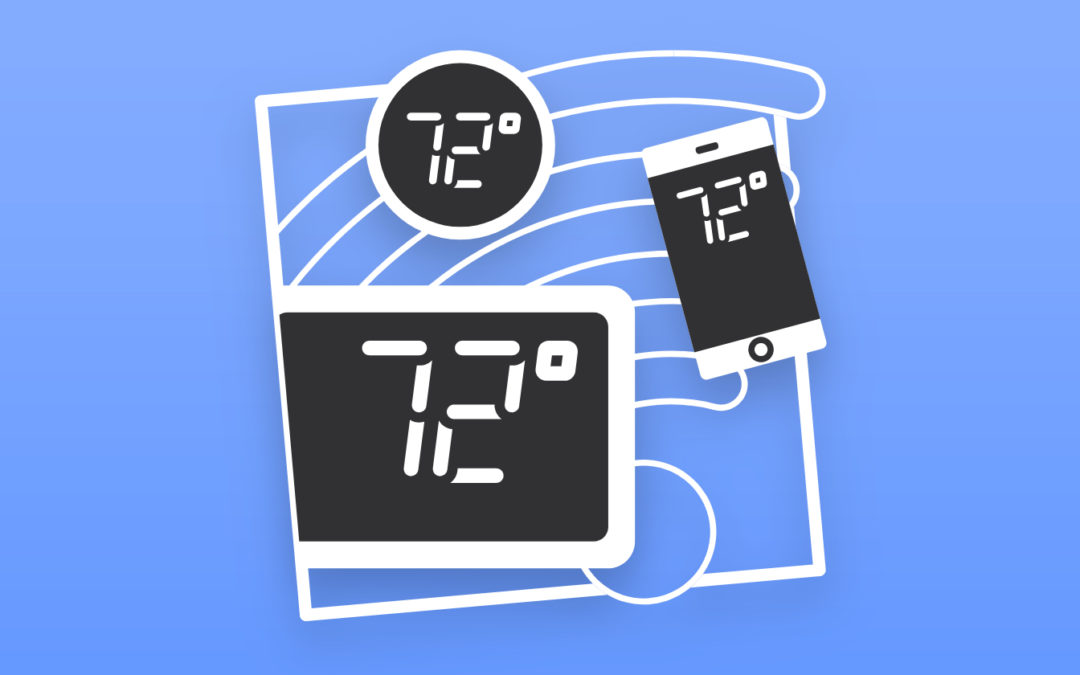There are a number of WiFi enabled thermostats that have recently come into the market, and are changing the way we interface with HVAC equipment in our homes. They allow us to control the equipment from virtually anywhere in the world via smartphones, tablets, laptops and mobile apps. They also promise significant benefits in ease-of-use and in energy savings.
With new technologies, and the inevitable marketing hype that comes with them, it can be difficult to really assess your needs. We have compiled a list of three things here we think are worth considering before purchasing a new WiFi thermostat.
- Compatibility: Not all WiFi Thermostats are compatible with older heating and cooling equipment. Some thermostats may require an additional interface control module (or an adapter of sorts) to enable some of the features when used with non-compatible equipment. When purchasing a low-priced thermostat at the home improvement store, there is a high probability it will not be compatible in the future when upgrading to newer equipment. Also, some WiFi thermostats are designed to work with specific types of heating and cooling products, and will offer a much better set of features when paired appropriately.
- Communication: Some WiFi thermostats have true communication with heating and cooling equipment and some do not—especially the lower-priced options that only control basic functions. True communicating WiFi thermostats (such as the Lennox iComfort WiFi®), when paired with compatible equipment, will communicate and indicate the status of certain mechanics, functions and parts of the equipment. Some can even communicate with your dealer when a problem arises or service is needed.
- Features: While most WiFi thermostats offer the ability to control the equipment via mobile apps, not all are created equally when it comes to feature sets. Some offer more advanced features such as air-quality monitoring and making needed adjustments to the air filtration system; or some automatically adjust the air temperature to a desired setting as it senses a homeowner is approaching the house (e.g. driving home from work or returning from vacation). Some WiFi thermostats can learn your air-comfort needs and habits within minutes, while others can take nearly a month. These are only a few examples of how different the features can compare between WiFi thermostats.
There are some great benefits to having a WiFi thermostat installed, but as already stated, not all of these products are going to perform the same. As with any new technology, it is important to do your research and talk to an expert before making the investment.
